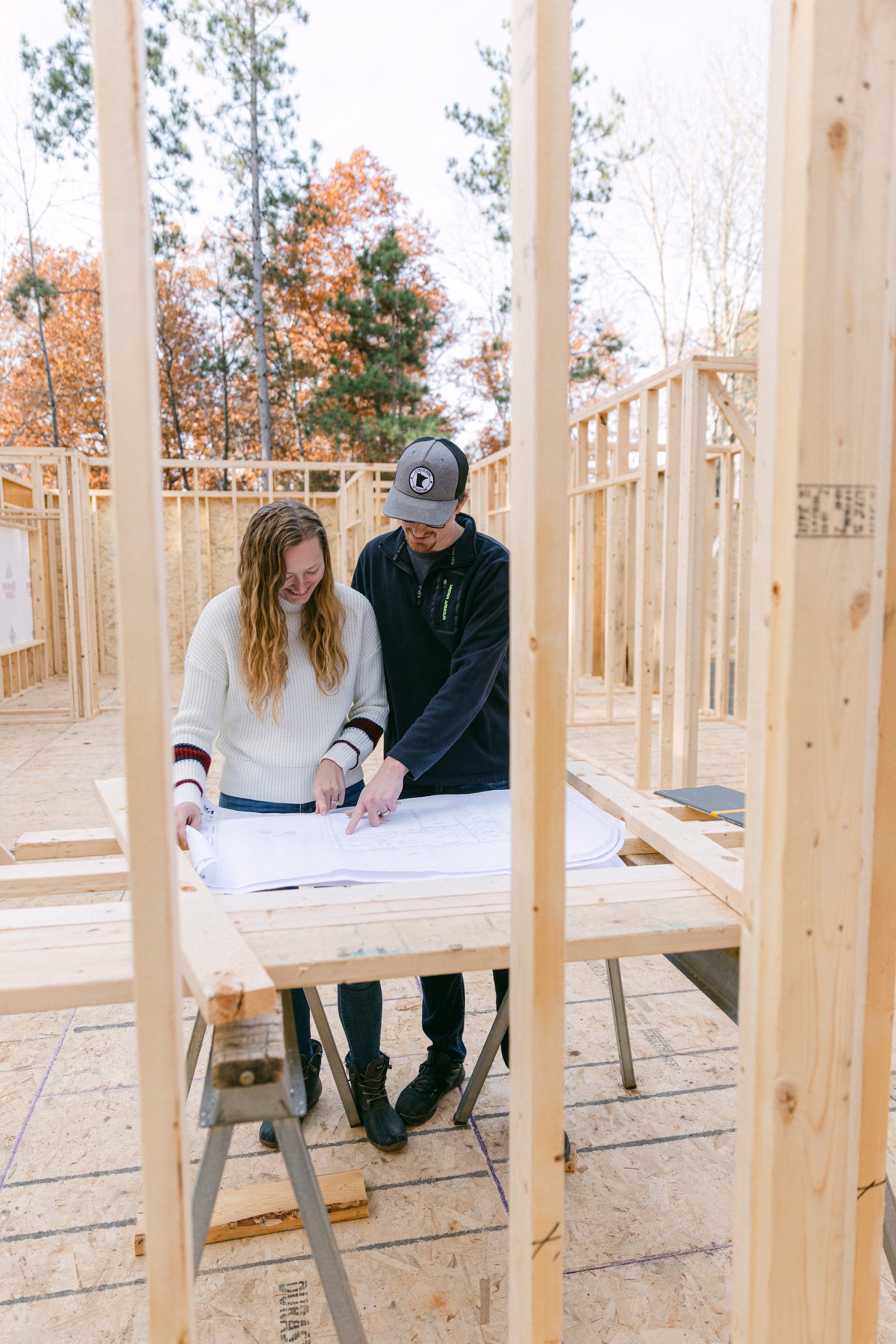As natural hazards intensify, living expenses like energy, mortgages and insurance will get more expensive for climate vulnerable homes (homes that are in high-risk areas and have not been built to mitigate climate related risks).
The Where We Build What We Build project aims to encourage building or retrofitting of homes to be climate-ready, by demonstrating that the benefits of doing so, outweigh the costs.
One of our region’s goals is to remain liveable, affordable and resilient in the changing climate, by better managing climate risks.
To help achieve this, this project explores:
Where We Build – the exposure of the region's existing housing to flood, heat and bushfire risks.
What We Build – the sensitivity of the region's existing housing to those risks.
Climate-Ready Home – the ideal specification for a climate-ready home in the region.
Economic Analysis – the costs and benefits of building or retrofitting to climate-ready specifications, compared with existing housing stock and standards.
Key Findings
The economic benefits of climate-ready homes outweigh the costs for both new builds and retrofits. In comparison, vulnerable housing leads to higher living costs and lower community resilience.
Over a 50-year period, the net present value of immediately retrofitting our region's housing stock to a climate-ready standard is estimated at over $72 million.
The building stock in the region varies significantly in terms of its resilience to natural hazards. Overall, 70% of the 2,956 homes in regional climate hazard hotspots had a resilience rating of less than 3 out of 5.
There is already information available to know how to build or retrofit climate-ready homes, but current baseline building compliance needs to be further improved to improve climate resilience.
With insurance premiums expected to quadruple over the next 20 years, the changing cost of insurance will influence how we build and retrofit our homes. A climate-ready home can attract a premium 8.5% lower than a contemporary home, and up to 47% lower than a Victorian home. Agreed climate-ready standards should be developed with the insurance industry, enabling them to provide preferential insurance products.
Poor quality natural hazard data impacts insurance premiums. South Australians pay an estimated 18% too much for home insurance premiums because of data uncertainties. This finding supports the need for a centrally coordinated, jointly resourced hazard mapping framework in South Australia to overcome these knowledge gaps and encourage climate resilient decision-making.
Maps generated from the project can be accessed at edge.endevgeo.com (type in project name: wwbwwb).
Insurance perspective
The insurance industry uses maps on natural hazard risk, and information on construction materials and design, to judge the probability and size of an insurance claim arising from climate hazards. This information is used to set insurance premiums. It is expected that insurance premiums will rise as hazard exposure increases under climate change. In climate exposed areas, the increase can be significant enough to help justify greater use of climate resilient materials in new or retrofitted homes.
Project Factsheets
Click on the tiles below to view each factsheet.
Update 2022
Since this project was completed, the National Construction Code (NCC) has raised the energy efficiency standards for new homes from 6 to 7 stars, using the Nationwide House Energy Rating Scheme (NatHERS). This is important as 7-star homes are not only cheaper to heat and cool, but also have greater resilience to extreme weather.
Project Partners
This project is an initiative of Resilient Hills & Coasts, delivered by Edge Environment. It was jointly funded by the Commonwealth and South Australian Governments under the South Australian Disaster Resilience Grant Program, and the Insurance Council of Australia. Partner Councils were the Adelaide Hills Council, Alexandrina Council, District Council of Mount Barker, City of Victor Harbor and District Council of Yankalilla. The views and findings of this project are expressed independently and do not necessarily represent the views of the funding bodies.










